Across the political spectrum in Tehran — from surly Revolutionary Guards to the regime’s more moderate diplomats and technocrats — the first round of nuclear talks in Oman between the United States and the Islamic Republic has been greeted with a measure of optimism. Iran’s savvy and smug foreign minister, Abbas Araqchi, professed himself satisfied. The supreme leader, Ali Khamenei, has blessed a second meeting with President Donald Trump’senvoy, Steve Witkoff, scheduled in Rome this weekend.
In other words, far from being a supplicant, the Islamic Republic is exuding confidence.
For too long, U.S. officials have fooled themselves about the nuclear-deterrent capacity of economic sanctions. Now that the Trump administration has decided to reopen negotiations, it’s important that they understand their adversary better, particularly the limits of sanctions to affect Iran’s behavior.
To be sure, sanctions (along with chronic mismanagement and systemic corruption) have depleted Iran’s treasury and spurred inflation and unemployment. The regime can barely keep the lights on and periodically has to shutter government offices and schools in order to conserve energy. But for regime leaders who claim to know the mind of God, those economic troubles are a small price to pay for making Iranians better Muslims. The Islamic Republic’s affection for proxy wars, terrorism and antisemitic conspiracies display a mindset fundamentally different from our own. Sanctions may cause such believers pain. They deprive them of resources. But they haven’t in the slightest obliged them to forsake their faith and their missions.
Most consequentially, sanctions have never made the clerical regime abandon its nuclear ambitions. During Trump’s first term, his “maximum pressure” sanctions campaign did real damage to Iran’s economy. Iran didn’t, however, concede its atomic assets. So far as we can tell, there wasn’t even a conversation about doing so among the men (and they are, of course, all men) who matter.
Nor was Barack Obama’s 2015 nuclear deal, the Joint Comprehensive Plan of Action, the product of accumulating sanctions, or at least not solely the product of sanctions. The nuclear talks that lead to the agreement actually started with the Europeans in 2003 when George W. Bush and the looming Iraq War terrified Tehran (and the Europeans). Obama’s more friendly outreach only made progress after Washington made a key concession — Iran’s “right” to enrich uranium. The Americans also made a second key concession: allowing Iran to retain a substantial nuclear infrastructure, which could ramp back up at any time. Ali Salehi, the MIT-educated nuclear engineer who was probably the mastermind behind Iran’s dual-use import network, loved the Obama agreement because it would guarantee the Islamic Republic a more advanced, better-financed atomic program that it could grow in the open. It was Obama’s permissive terms much more than the promised financial relief that induced the theocracy to sign the 2015 accord.
From the Iran-Iraq War in the 1980s forward to now, the Islamic Republic has proven far more resilient than its critics expected, in large part because it has a pattern of using short-term retreats to pursue long-term, consistent goals. The regime gives ground when necessary but always circles back to take back its concessions.
You can see this pattern domestically. Since 2009, the clerical regime has overcome numerous nationwide protests, some of which had economic sparks and all of which could have proved fatal to the theocracy. Each time, neither Khamenei nor his security services have flinched from doing what’s necessary to suppress internal dissent, but they have also made short-term concessions to retain control. For instance, the mullahs have repeatedly eased restrictions against what they consider a lethal threat — public visibility of women’s hair — allowing scarves to come down temporarily when unrest threatens the state. Later the regime reasserts its sartorial dictates, arresting and beating refractory women. Abroad the regime acts similarly. When the United States invaded Afghanistan and Iraq, Tehran held back, temporarily played nice, and then devised tactics to kill and torment Americans. Obama’s nuclear accord fits the pattern: Make minor concessions while establishing the means to come back stronger.
The Islamic Republic has recently had an awful run, and the Trump administration might assume that Tehran is on its back foot as the talks get underway. The collapse of the core elements of Tehran’s “axis of resistance” has certainly shrunk its imperial reach. Gone is its close ally and neighbor, Syrian dictator Bashar al-Assad, along with the Syrian land bridge to Lebanon and the proxy armies that allowed the clerical regime to project power in the Arab East. On two occasions last year, Jerusalem demonstrated its capacity to easily breach Iran’s air defenses. The mullahs’ retaliatory, conventionally armed missiles, in which the regime has massively invested, proved woefully inadequate: Most were intercepted, those that got through caused minimal damage and one Palestinian girl died.
Trump was certainly hoping to find the Iranian mullahs and functionaries spiritually weakened and willing to accommodate his mandates. But while Khamenei approves of making tactical concessions in pursuit of long-term goals, he would be loath to make them under duress, believing that entices one’s enemies. The cleric also has to worry about his right flank, the Islamic Revolutionary Guards Corps. In the past, they weren’t unalterably opposed to nuclear negotiations, or even to trade with the United States (such as buying Boeing aircraft or making oil development deals). What the Corps opposes is concessions to the West that can’t be easily undone. Today they wish to rebuild shattered defenses and revive battered proxies. For those standing sentry, the value of an nuclear weapon as the ultimate deterrent has never been higher, which is why Iranian VIPs are now discussing the utility of having atomic arms sooner not later. The Guards would not look kindly on an old man going wobbly. Khamenei has had their loyalty in part because he has consistently promoted the most ardent among them and unfailingly stood by the guards as they crushed dissent, even when doing so required killing young girls.
The Iranian hardliners also believe they have figured out Trump. In their telling, America is no longer a great power capable of making alliances and imposing its demands on recalcitrant regimes. Javan, the Revolutionary Guards newspaper, sees Trump’s unpredictability and bluster as shtick designed to compensate for America’s essential weakness: “He tries to use his personality in order to create an atmosphere whereby he can achieve dramatic results.”
As the diplomacy between the two sides commenced, Nournews, the mouthpiece of Iran’s Supreme National Security Council, which makes all foreign-policy decisions, stressed: “Countries that have resisted Trump’s trade tariffs have communicated to him that they are not afraid of his threats and can withstand economic pressure. This type of resistance could compel Trump to reconsider his policies, as such pressures and threats may inflict damage on the U.S. economy.”
All this means that the Islamic Republic has entered talks with the Trump administration not because of external pressure but in order to preserve the essential features of its expanding nuclear infrastructure — and they feel confident they can achieve this if the talks proceed. Along the way, the clerical regime might agree to dilute its stock of 60 percent-enriched uranium, which is near weapons-grade, or even cap enrichment at a lower level. It would be a flashy concession that won’t fundamentally affect the complexion or the trajectory of Tehran’s nuclear program. The mullahs know that what matters most are protecting its new generation of centrifuges. With much greater efficiency and speed, these machines can enrich uranium to bomb-grade and can be housed in small facilities that are harder to detect. According to the Institute for Science and International Security, these advanced centrifuges are already up and running.
Even a stringent inspection regime, unless supported by a well-placed human-intelligence network, would find locating these centrifuges an excruciatingly difficult task. And basing a country’s diplomacy and future security on developing and maintaining a human-intelligence network in a hostile country is a fool’s errand. The Israelis, who have unquestionably developed a good intelligence network inside Iran far better in its operational utility than anything America probably has developed, would never be so bold.
Arms control is a protracted process as technical details require endless negotiations between physicists and politicians. Deadlines always slip and redlines have a way of blurring. All this serves the clerical regime well. Such talks serve as a shield for its nuclear program from audacious Israelis, who may finally have a political consensus to attack Iran’s nuclear sites even if they aren’t confident that they can destroy the underground enrichment plants. The clerical regime once worried that Trump might abet Israeli dreams of a combined Israeli-American aerial onslaught against the Islamic Republic. With talks underway, that fear certainly appears to be diminishing.
Today, the mullahs seem to think they understand the American game plan. Do we understand theirs?
.
.png)


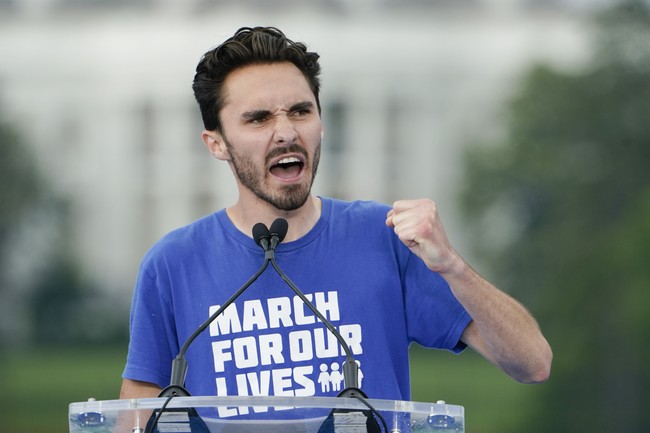
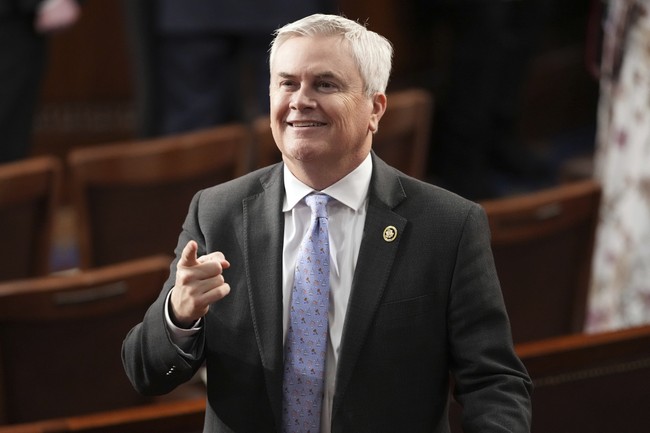


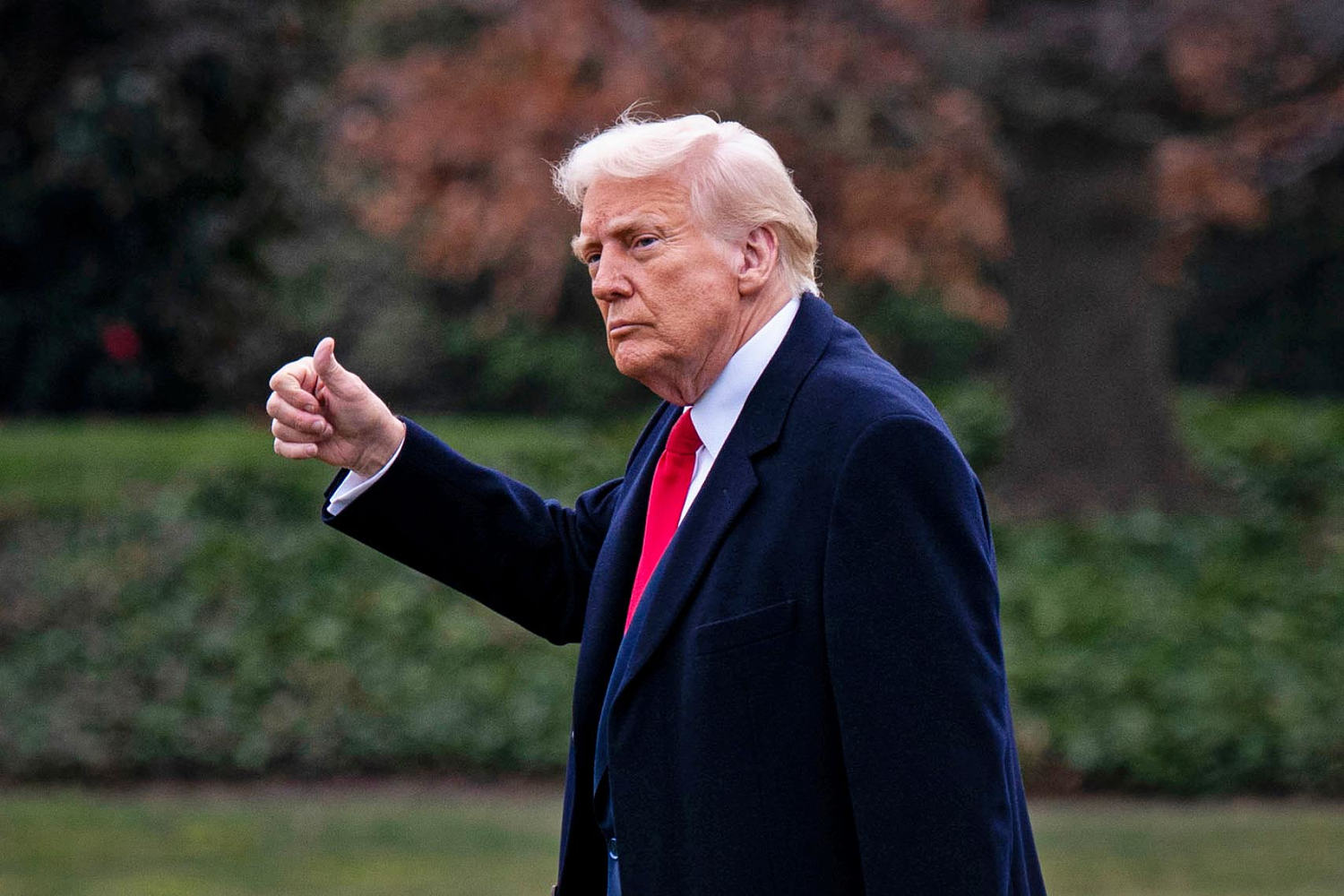

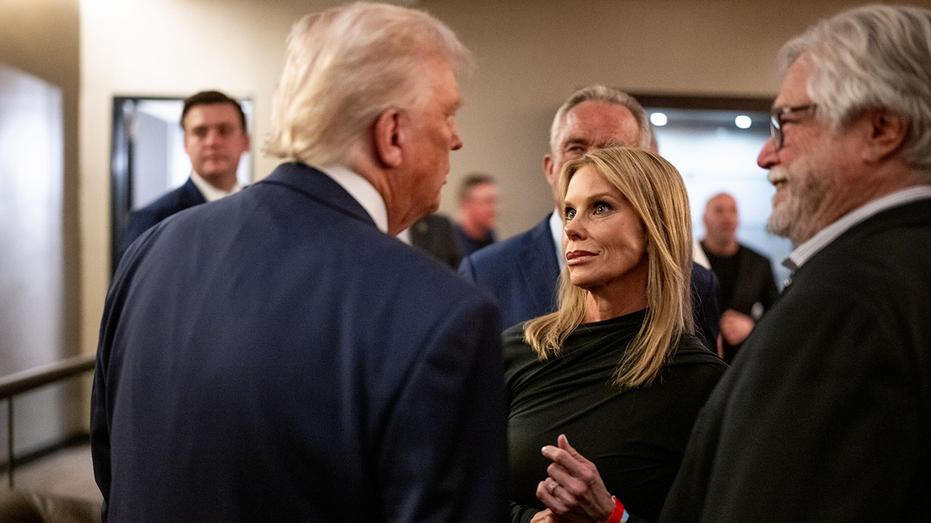
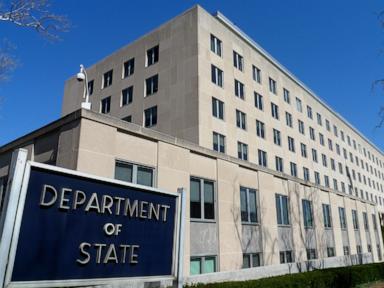

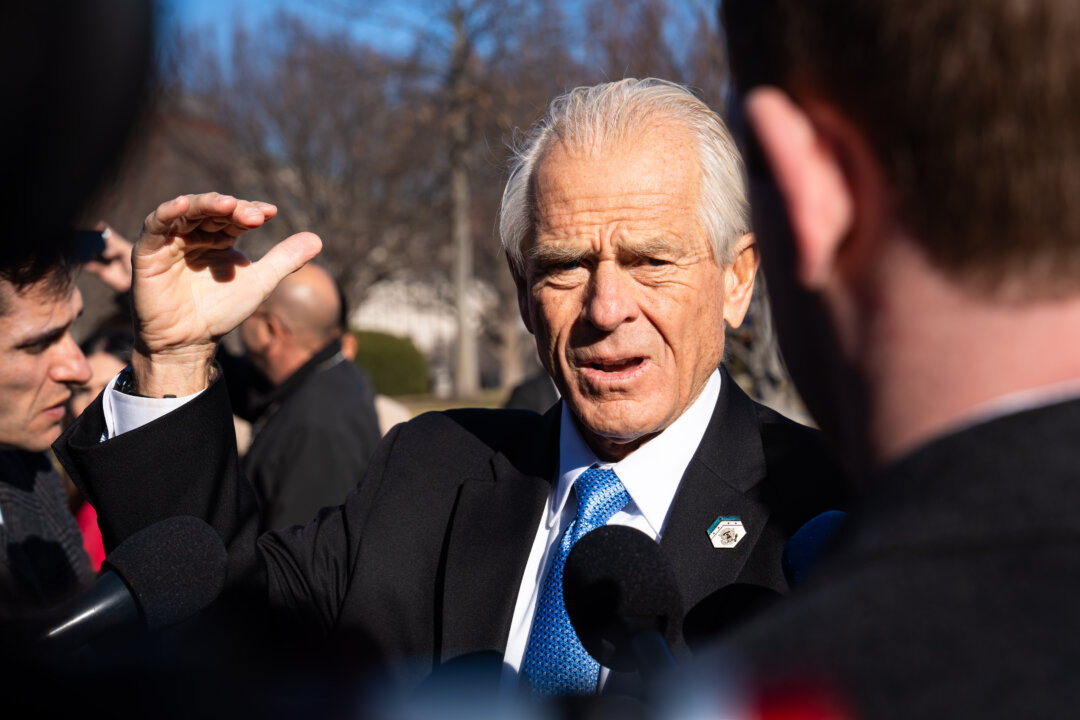


 English (US)
English (US)